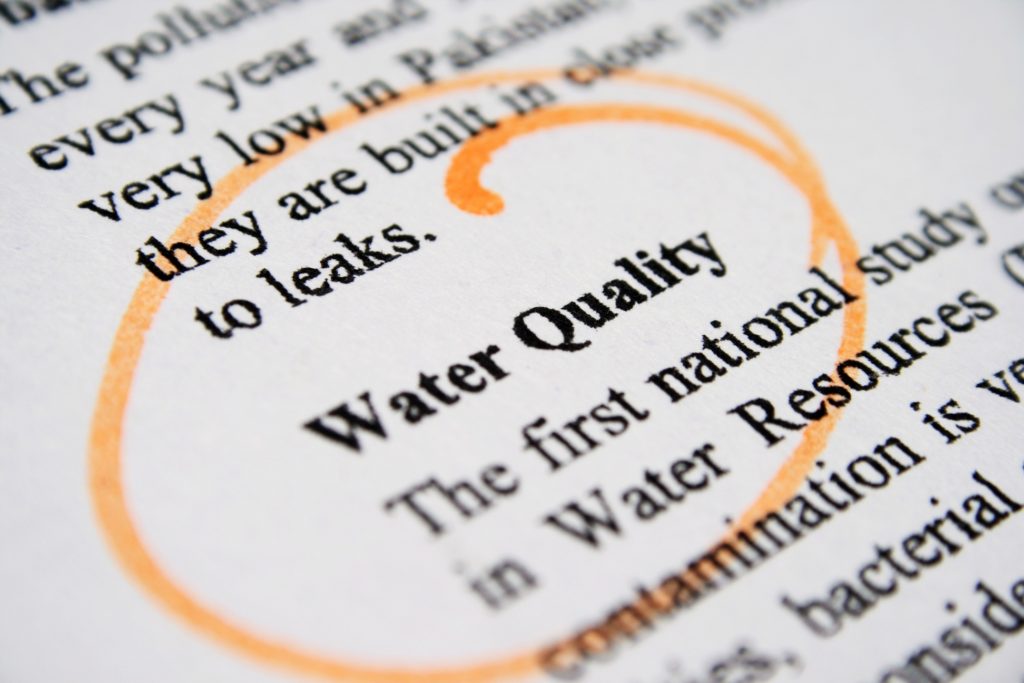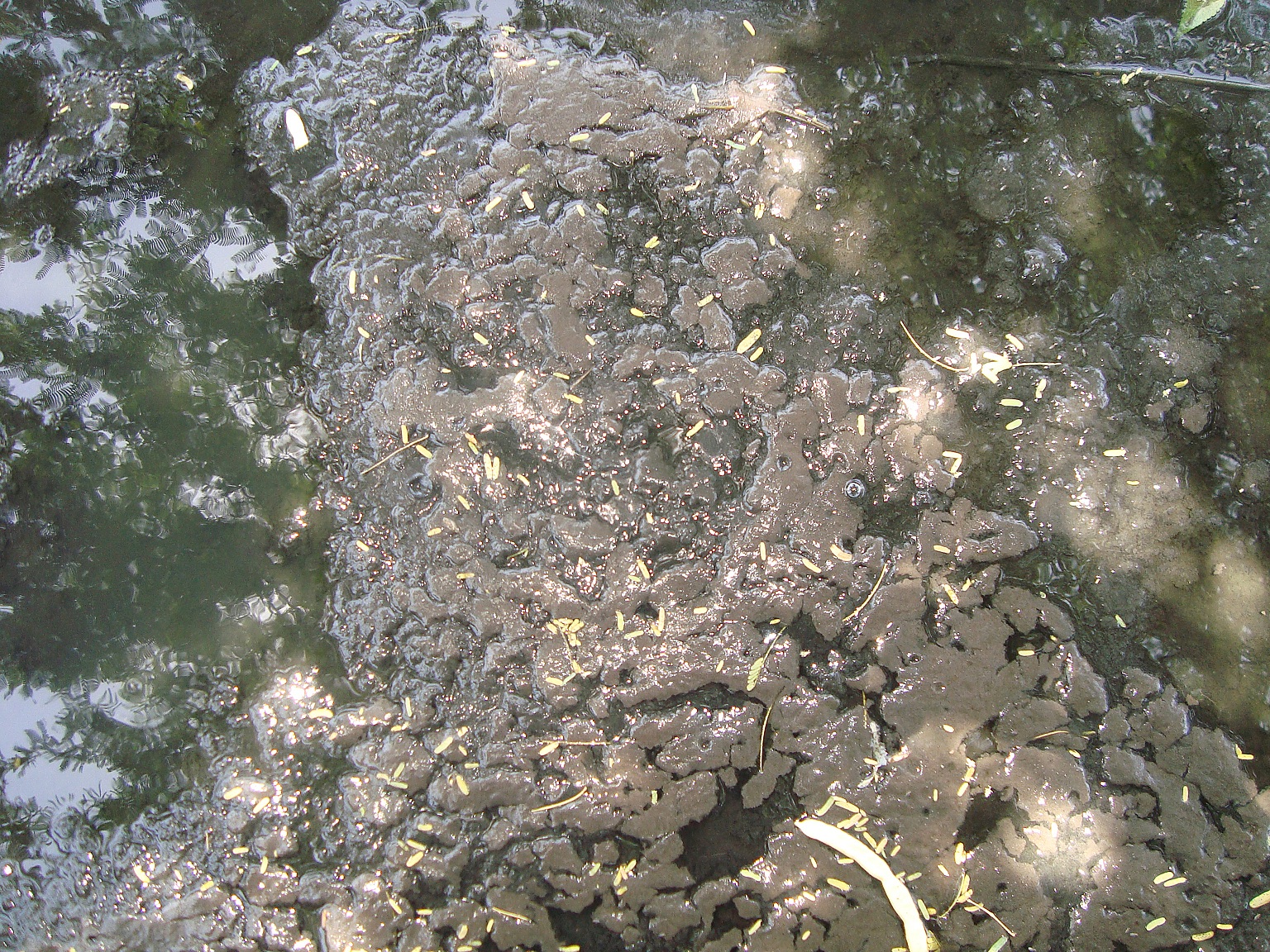In the 20th century, people started understanding the importance of keeping water clean, and this practice started to change. The lakes and rivers became more polluted as new people and industries came to the Great Lakes region. There are three main entryways of pollutants into waterways: point source, nonpoint source and atmospheric.
Point Source Pollution

Point source pollution is when pollutants find their way into rivers and lakes via a specific entry point, like a drainpipe. The primary causes of this type of pollution are sewage treatment plants and industrial water discharges.
Point source is the easiest type of pollution to regulate because it can be traced back to a single point of origin and owner. In 1972, the Clean Water Act forced industrial plants to take measures to reduce their discharge of toxic waste.
Nonpoint Source Pollution
Nonpoint source pollution is the exact opposite of point source pollution. This is when pollutants enter waterways through a variety of different sources. Because it cannot be traced back to a specific point of origin or owner, nonpoint source pollution is much more difficult to regulate than point source pollution.
The most common cause of nonpoint source pollution is runoff, in which melted snow and rain transfer pollutants from the land and into lakes and rivers.
Atmospheric Pollution
Atmospheric pollution, also known as air deposition, is a more specific type of nonpoint source pollution. It differs from normal nonpoint source pollution in that pollutants fall into rivers and lakes from the sky during atmospheric pollution. When pollutants enter the sky, they come back down as rain or snow and can often end up polluting waterways. Waste incinerators, the combustion of fossil fuels and energy plants that use coal are the main causes of atmospheric pollution.
